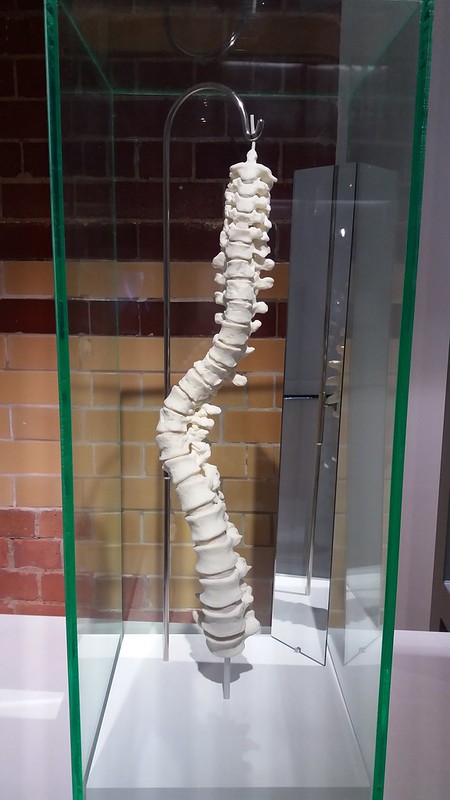Cheated of feature by dissembling nature,
Deformed, unfinished, sent before my time
Into this breathing world, scarce half made up
Shakespeare
Richard III Act1 Scene 1
 |
| Statue by the Cathedral |
It means I've always had a soft spot for the much-maligned king. I never believed that he had the Princes in the Tower murdered (though I'd be prepared to believe that someone did it thinking they were doing him a favour); I always hoped that one day I'd learn something positive about him.
And that's where the latest day out comes in. I decided to visit Richard in his adopted home of Leicester. Of course it was never his idea to adopt Leicester. He didn't set out on 22 August 1485 to lose the Battle of Bosworth and so, by a convoluted route, end up under a city centre car park. He always said he wanted to be buried in York, but when the fight to provide his final resting place ended York Minster came in second.
 |
| The car park |
Richard turned up in a car park on the site of the old Franciscan priory (Greyfriars) which, these days, is opposite the Cathedral. (That's quite likely, when you think about it.) After the scientists finished doing all their DNA tests and the rest of the investigations they subjected him to, he was re-interred in the Cathedral. The site opposite, where he was found, is now the Richard III visitor centre.
It covers his family history, the background to the Wars of the Roses (in which the House of Lancaster and Richard's House of York argued over who was the rightful King), the lead up to the Battle of Bosworth, and the treachery of the Stanley family who brought their forces to the battlefield then held back to see which side was winning before they joined in!
 |
| Model of Richard's spine |
Will also lied about a few other things: that famous quote about offering his kingdom for a horse, for example. The implication is that he wanted means to escape, but contemporary reports say he went down fighting and determined not to yield a yard of ground. The archaeological evidence supports that. Richard died from multiple head injuries caused by a number of different weapons.
In fact much of what we learned about Richard at school conflicts with the truth. Contemporary reports of the man suggest he was, in fact, a fine and respected King. Like this one on the wall of the visitor centre:
Links
King Richard III Visitor Centre
Putting a face to Richard





